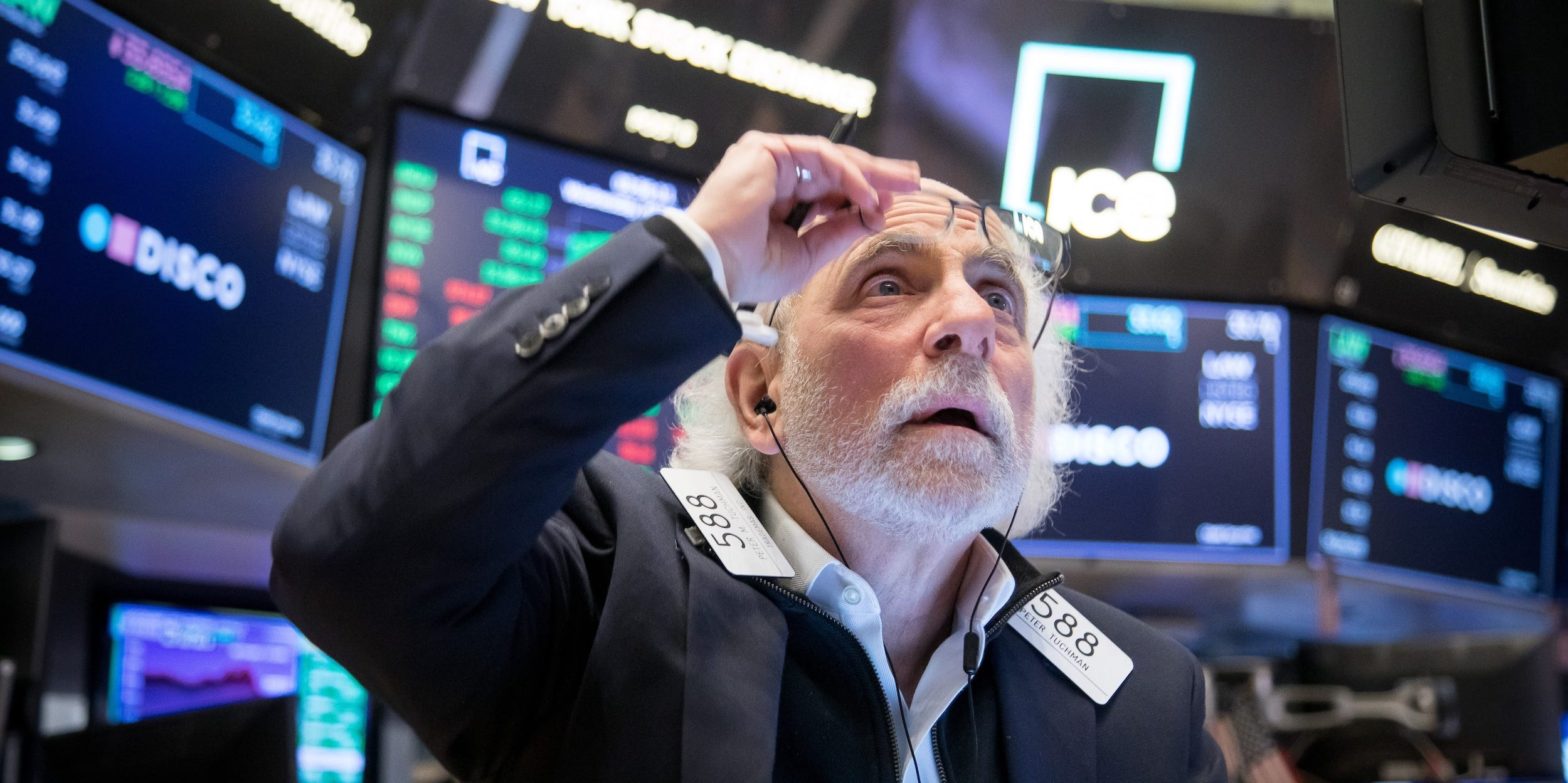The worst bond market decline since 1949 is set to disrupt the stock market, according to Bank of America.The bank said soaring interest rates will unwind the most crowded trades in the stock market, including long US tech.”Bond crash in recent weeks means highs in credit spreads, lows in stocks are not yet in,” BofA said. Loading Something is loading.
The unraveling of the bond market will continue to batter stocks over the coming months, according to a Friday note from Bank of America.
Bonds are experiencing their worst decline since 1949 as interest rates soar amid a global central bank campaign to fight inflation. The US Aggregate Bond ETF is down 15% year-to-date, while global bonds are down even more.
But those soaring interest rates, and consequently falling bond prices, run the risk of forcing further liquidations in the stock market that would effectively unwind the most crowded trades held by investors over the years.
“Bond crash in recent weeks means highs in credit spreads, lows in stocks are not yet in,” BofA’s Michael Hartnett said.
Specifically, Hartnett said the ongoing bond market crash can lead to a credit event that would effectively unwind the long US dollar, long US tech, and long private equity trades, which have been widely held by investors for years.
Those crowded trades have helped catapult mega-cap tech companies like Apple, Amazon, Alphabet and Microsoft into trillion-dollar behemoths that make up nearly 20% of the S&P 500.
“True capitulation is when investors sell what they love and own,” Hartnett said.
Aside from investor capitulation, one more sign that a bottom in the stock market has arrived is when interest rates peak, but given the Fed’s hawkish commentary at Wednesday’s FOMC meeting, that may not happen anytime soon.
“Fed funds, Treasury yields, US unemployment rate all heading into 4-5% range next 4-5 months/quarters,” Hartnett said, adding that investors want policy coordination and credibility from governments and central banks, and “until they get it are likely to press shorts.”
Despite the bearish view, Hartnett is constructive on US stocks if they continue to fall lower. “Nibble at 3,600 [on the S&P 500], bite at 3,300, gorge at 3,000,” Hartnett said. But until those levels are reached, cash and commodities are likely to outperform stocks and bonds, according to the note.
A decline to Hartnett’s 3,000 scenario on the S&P 500 represents potential downside of 18% from current levels. The S&P 500 hit a low of 3,663 during Friday’s steep sell-off.
Deal icon An icon in the shape of a lightning bolt. Keep reading
